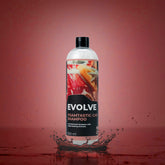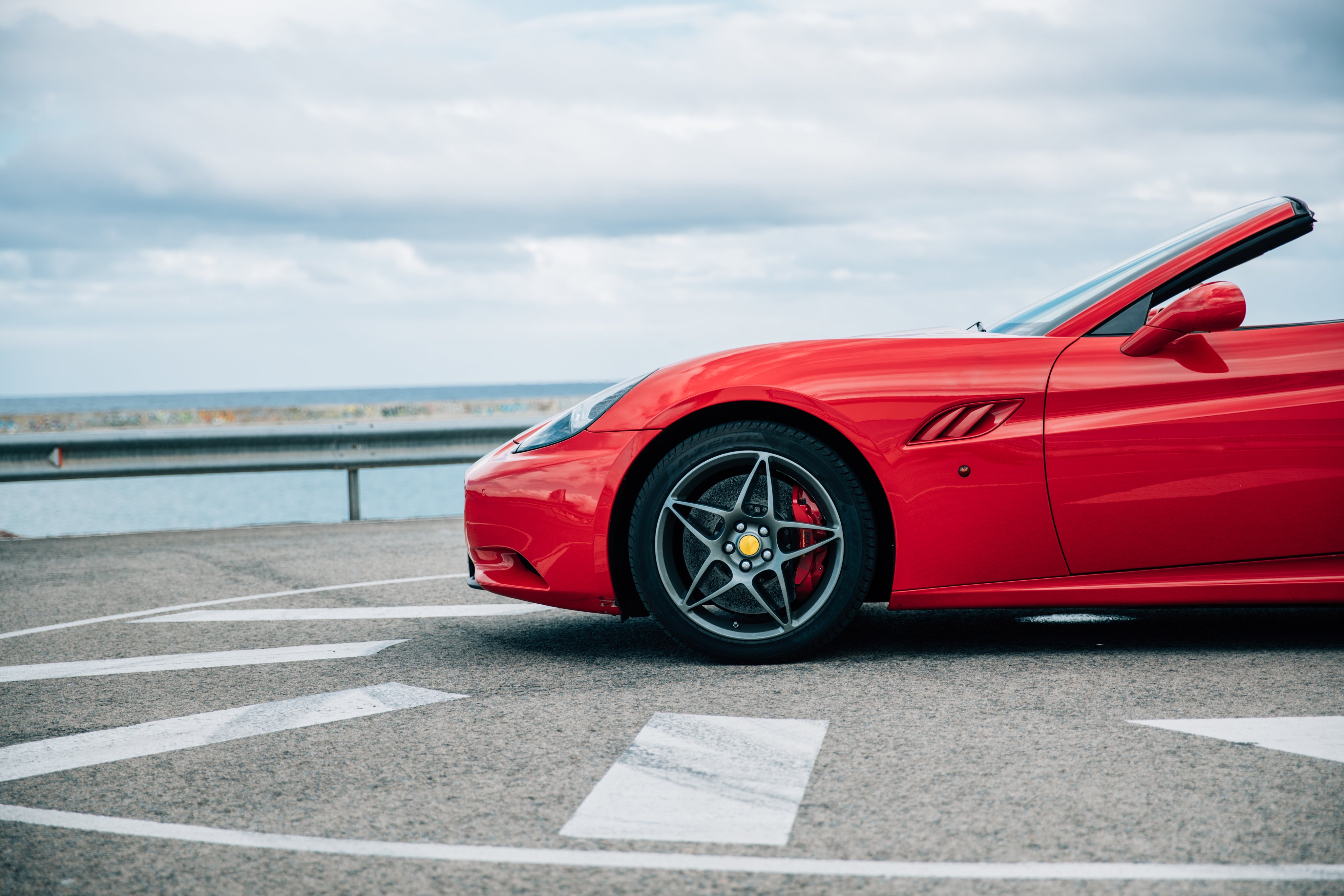How Often Should You Detail Your Car in India?
The Indian Climate Challenge
In hot and dry areas, the sun’s harsh UV rays can quickly dull the paint, cause oxidation, and fade interiors. In contrast, places with heavy rainfall expose cars to muddy water, acidic rain, and constant moisture – the perfect recipe for rust and stains. Coastal regions are a different story altogether, where the salty air accelerates corrosion and reduces the lifespan of paint protection.
When faced with such varying conditions, detailing becomes not just about keeping the car shiny, but also about protecting it from the specific environmental threats of each region.
Road Conditions and Dust
The problem with dust is not only about looks. Fine dust particles can act like sandpaper when rubbed against paint, leading to micro scratches. Combined with tar and road grime, it makes washing and detailing much more necessary here compared to countries with cleaner roads.
Owners who drive daily on highways or in cities with high pollution levels find themselves needing a more regular detailing schedule. On the other hand, cars used occasionally in cleaner areas may go longer without it.
Urban vs Rural Use
In rural areas or small towns, road quality can be worse, leading to more mud splashes, tar deposits, and scratches from branches or gravel. Both environments demand extra attention, but in different ways.
This is why there can never be a “one-size-fits-all” detailing period. Your environment, combined with how much you use the car, directly decides how soon you need to clean, polish, or protect it again.
Seasonal Impact
Summer, on the other hand, bakes the paint and interiors. Without proper care, dashboards crack, seats fade, and paint loses its deep shine. Winter brings dew and moisture that can settle overnight, again contributing to corrosion.
Because of this, detailing once or twice a year is simply not enough for Indian conditions. Seasonal care becomes necessary, and adjusting your detailing schedule according to the weather makes a huge difference in preserving the car’s condition.
Parking Conditions
Tree sap, bird droppings, and falling leaves are everyday enemies of car paint. Even a single bird dropping left for too long can permanently stain the paintwork. Similarly, prolonged exposure to the sun causes oxidation, making the surface dull.
If your parking situation is not ideal, you may need to detail and protect your car more often than someone who has access to a garage.
Driving Habits
Different Factors That Decide Detailing Frequency
One big factor is climate.
In cold areas where it snows, salt on the roads damages the car, so detailing is required more often.
In coastal regions, salty air causes rust, so cars there also need frequent detailing.
Driving habits also matter.
If you have a weekend car or a collector’s car, then once or twice a year is enough.
For off-road cars, which face mud and scratches, detailing should be done very regularly.
Storage also makes a difference.
But cars parked outside are always in contact with dust and weather, so they should be detailed three to five times in a year.
Protective layers change the timeline too.
Sealants last longer, about six months to one year.
Ceramic coating is the strongest, and it can last for years, but the car still needs basic detailing once in a while.
How to Make Detailing Last Longer
- There are some expert tricks to extend the effect of detailing.
- Using ceramic coating or a good sealant helps the paint stay protected for a longer time.
- Keeping the car under a cover saves it from dust and rain.
- Hand washing is always better than automatic car washes, which can create scratches.
- Using gentle car wash shampoos is also important, because strong chemicals can damage wax and coatings.
- Inside the car, carrying simple cleaning wipes helps maintain freshness between full details.
Common Myths About Car Detailing
Another myth is that new cars do not need detailing. In reality, even new cars may have small paint defects and always benefit from protective coatings.
Some people also think that ceramic coating means you never have to detail again. But ceramic only reduces the frequency, it does not replace detailing.
So, How Often Should You Detail?
For cars that run less frequently and are parked in covered or cleaner environments, detailing every 6 months can be sufficient, provided that occasional washes and protective coatings are still applied in between. In fact, well-garaged cars that are driven only on weekends or special occasions often remain in better shape, needing fewer detailing sessions in a year compared to daily drivers.
That being said, even in neater conditions, neglecting detailing for too long is not advisable. Dust, humidity, and pollutants in the air still affect idle cars, especially in India where air quality and weather shifts are harsh. A protective routine ensures that when the car is taken out, it still looks and feels fresh.
Ultimately, the right detailing period depends on striking a balance between your usage, environment, and expectations. If you want your car to look showroom-fresh at all times, more frequent detailing will be necessary. If you’re content with a car that simply looks clean and protected, then a slightly longer gap between detailing sessions can work, as long as the basics of washing and protection are followed regularly.
The truth is, detailing is not just about looks – it is preventive care that saves you from costly paint jobs, interior repairs, or rust treatment in the future.
Evolve Car Care – Making Car Detailing Easy in India
Born out of the expertise of Brotomotiv and Carz Spa, two of India’s most trusted detailing brands, Evolve offers a complete range of DIY car care products designed especially for Indian conditions. Whether it is removing tar, cleaning interiors, protecting paint from monsoon damage, or simply keeping your car shiny every week, Evolve makes it possible right at home.
By using the Evolve range of products, you not only save time and money but also ensure that your car gets professional-grade protection without the hassle of visiting a detailer every time.
1. Do I really need extra care in the monsoon?
Yes! Monsoon = mud, sticky rainwater, and rust nightmares. A quick detailing session (especially with a wash and protection) keeps your car safe.
2. If I wash my car regularly, do I still need detailing?
Yes. Washing removes surface dust and dirt, but detailing goes deeper — it cleans, restores, and protects the paint, glass, interiors, and wheels. Think of washing as “basic cleaning” and detailing as “full care and protection.”
3. What happens if I don’t detail my car regularly?
Skipping detailing may not show immediate damage, but over time, paint will fade, interiors may crack or stain, and the car will lose its shine. Regular detailing protects your car’s value and keeps it looking new for longer.
4. My car looks clean after a wash, so why detail?
A normal wash only removes surface dust and dirt. Detailing goes deeper – it cleans hidden areas, removes tough stains, restores shine, and adds protection layers like wax or sealant that a simple wash cannot provide.
5. Does the age of the car matter for detailing?
Yes. New cars benefit from detailing to preserve their showroom shine and protect the paint. Older cars need it to restore lost gloss, remove oxidation, and refresh the interiors.
6. What’s the difference between car washing and car detailing?
Car washing removes dirt from the surface, while detailing goes deeper – cleaning, polishing, and protecting both the interior and exterior. Detailing focuses on restoring and preserving your car’s condition, not just making it look clean.
7. Is interior detailing important?
Yes. Interior detailing removes dust, stains, and odors while protecting surfaces like leather, fabric, and plastic. It also makes the cabin healthier and more comfortable.




